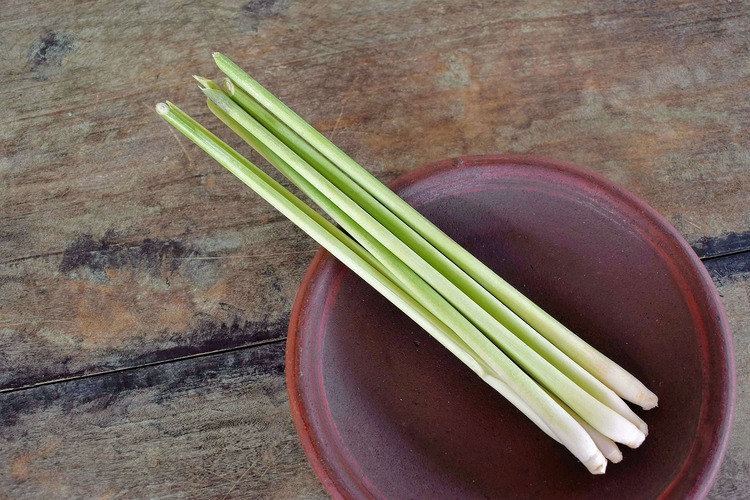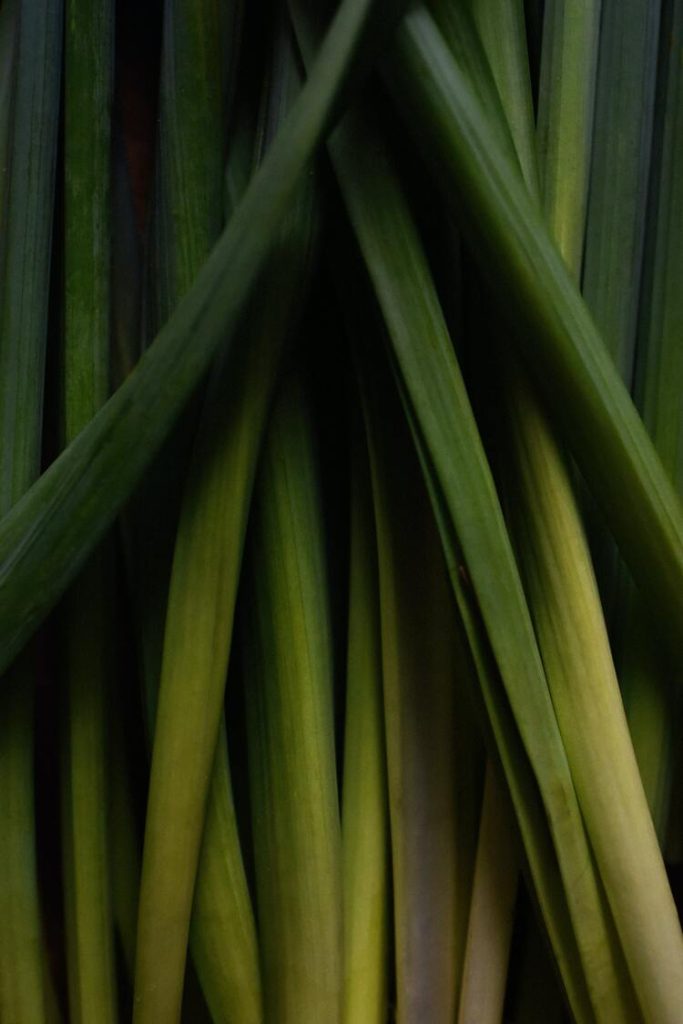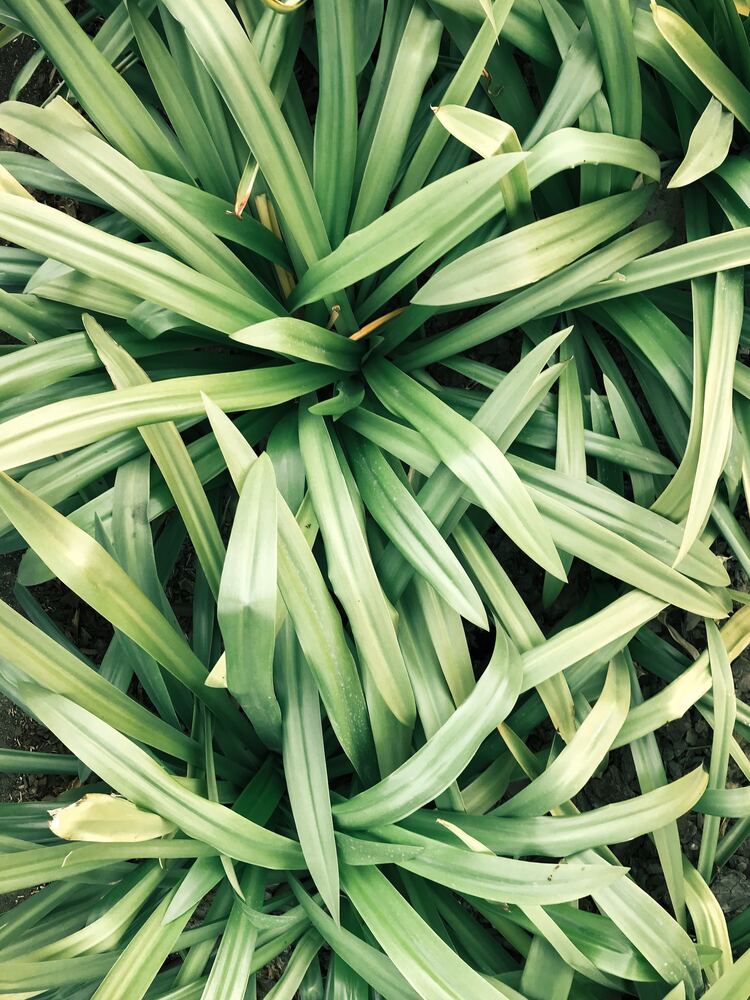What does lemongrass tea taste like?
Lemongrass is a popular herb known for its distinct citrusy and refreshing aroma, commonly used in various cuisines and herbal remedies.
When you take your first sip of lemongrass tea, you’ll notice its amazing blend of flavors. It has a unique lemony zing and a hint of sweetness and earthiness, making it inviting and soothing. Although it has a citrusy taste, it’s not as tangy as lemon juice due to its natural sweetness. This gives the tea a pleasant and subtle flavor profile.
Please read to learn more about lemongrass tea’s flavor, uses, and benefits.
Please note: This article contains affiliate links, meaning I may earn a commission if you make a purchase by clicking a link. Of course, this comes at no extra cost to you and helps me keep offering readers solid information.

Understanding Lemongrass Tea
Lemongrass tea is an herbal drink made from the leaves and stalks of the lemongrass plant. This plant is native to Asia, Africa, and Australia but is now grown in many parts of the world.
The key parts of lemongrass used in various applications are the long, thin, grass-like leaves and the swollen, bulbous base of the plant. The leaves are often used in cooking to add a citrusy, herbal flavor to dishes.
Lemongrass is common in Thai, Vietnamese, and other Southeast Asian cuisines. It is often used in soups, curries, stir-fries, and marinades. If you are a fan of this cuisine, you may be familiar with its flavor.
Preparing lemongrass tea is quite simple. You can either use fresh or dried lemongrass to make the tea. Just steep the lemongrass in hot water for about 5-10 minutes. The intensity of the flavor depends on the duration of steeping. If you prefer a stronger taste, allow it to steep longer.
Lemongrass tea is often enjoyed hot, but it can also be served over ice for a refreshing summer drink. Moreover, you can customize its taste by adding honey, sugar, or even a hint of mint for a different twist. Remember to explore and find your personal preference for the perfect balance between sweet and tangy.
What Does Lemongrass Tea Taste Like?
Lemongrass tea is a delightful beverage with a flavor profile that you will enjoy. The most notable characteristic of lemongrass tea’s taste is its citrusy quality, which is both refreshing and invigorating.
The citrusy flavor is predominantly lemony, reminiscent of a subtle lemon zest. Alongside this lemony flavor, you may also notice hints of other citrus fruits, such as oranges and limes. This blend of flavors provides lemongrass tea with a well-rounded citrus flavor.
In addition to the citrusy taste, lemongrass tea has an underlying layer of mild sweetness and a light, smooth texture. This subtle sweetness helps balance the intensity of the citrus flavors, making for a pleasantly harmonious taste experience.
Also, there is an herbal quality that adds depth to the flavor. This herbal aspect can be likened to a mild, earthy, and slightly grassy note.
As you drink lemongrass tea, you’ll find that its refreshing taste makes it an excellent choice for hot summer days or as a palate cleanser between courses during a meal. The blend of citrusy and lemony flavor profiles allows for a versatile and enjoyable drinking experience.
The tea also has a pleasant, aromatic, fragrant, fresh scent that complements the taste.

Lemongrass Tea Blends
Lemongrass pairs well with a variety of other ingredients in tea blends. Here are some popular lemongrass blends:
Lemongrass and Ginger Tea: Lemongrass and ginger are a classic combination. The zesty, citrusy notes of lemongrass complement the spicy warmth of ginger, creating a refreshing and soothing tea.
Lemongrass and Green Tea: Lemongrass can be blended with green tea to create a bright and flavorful infusion—the grassy and slightly earthy notes of green tea pair nicely with lemongrass’s citrusy qualities.
Lemongrass and Mint Tea: The combination of lemongrass and mint is refreshing and invigorating. The mint adds a cooling element to the tea, making it a great choice for a pick-me-up or as a digestive aid.
Lemongrass and Chamomile Tea: Lemongrass can be blended with chamomile flowers to create a calming and soothing herbal tea. This combination is often used to help with relaxation and sleep.
Lemongrass and Lavender Tea: Lemongrass and lavender make a fragrant, aromatic herbal tea. Lavender adds a floral dimension to the citrusy lemongrass, making it a delightful choice for relaxation.
Lemongrass and Hibiscus Tea: Mixing lemongrass with hibiscus flowers creates a colorful tart tea. The hibiscus provides a vibrant red color and a tangy flavor that complements the lemony notes of lemongrass.
How to Make Lemongrass Tea
Making lemongrass tea is a simple process that you can easily do at home. It’s a popular drink. Here’s a step-by-step guide:
Ingredients
- 2-3 fresh lemongrass stalks
- 4 cups of water
- Optional sweetener (honey, sugar, or your preferred sweetener)
- Optional flavor additions (e.g., mint leaves, ginger slices)
Instructions
- Prepare the Lemongrass:
- Begin by removing any dry or brown outer leaves from the lemongrass stalks. You should use the freshest, green parts of the stalks for the best flavor.
- Crush or Cut the Lemongrass:
- To release the flavor, you can either crush the lemongrass with the flat side of a knife or cut it into smaller pieces. Crushing it will release more of the lemony oils and aroma.
- Boil Water:
- In a pot, bring 4 cups of water to a boil.
- Add Lemongrass:
- Once the water is boiling, add the prepared lemongrass to the pot. If you’re adding any optional flavor additions like mint or ginger, you can also add them at this stage.
- Simmer:
- Reduce the heat to low and let the lemongrass and additional flavorings simmer in the water for about 5-10 minutes. This will allow the flavors to infuse into the water.
- Steep:
- After simmering, remove the pot from heat and cover it. Let the lemongrass steep in the hot water for 5-10 minutes. The longer it steeps, the stronger the flavor will be.
- Strain:
- Using a fine mesh strainer or a tea infuser, strain the tea into a teapot or individual cups, removing the lemongrass and other added ingredients.
- Sweeten (Optional):
- If you prefer a sweeter taste, you can add honey, sugar, or your preferred sweetener to taste. Start with a small amount and adjust to your liking.
- Serve:
- Lemongrass tea can be enjoyed hot or cold. If you’d like it cold, let it cool and refrigerate it before serving. You can also add ice cubes for an iced lemongrass tea.
- Garnish (Optional):
- For a finishing touch, you can garnish your lemongrass tea with a fresh slice of lemongrass, a sprig of mint, or a thin slice of lemon.

Benefits of Lemongrass Tea
Lemongrass tea is not only a delightful and aromatic beverage, but it also offers numerous health benefits that can improve your well-being. Here are some advantages of enjoying this refreshing drink.
Rich in Antioxidants: Lemongrass tea contains antioxidants that help your body combat free radicals and protect your cells from damage. These antioxidants can improve overall health and help prevent various diseases.
Aids in Digestion: This tea may help improve digestion and prevent common digestive problems. The essential oils in lemongrass are known for their anti-inflammatory and antimicrobial properties, halting the growth of bacteria and yeast in the digestive tract.
Anti-inflammatory Benefits: If you suffer from inflammation-related conditions like arthritis, sipping some lemongrass tea may relieve you. Its anti-inflammatory properties, courtesy of the compound eugenol, help to reduce pain and swelling.
Good for Blood Pressure and Heart Health: Lemongrass tea is a natural diuretic with potassium content to promote a healthy heart rate, help lower blood pressure, and balance cholesterol levels, all contributing to maintaining a healthy heart.
Boosts Metabolism and Weight Loss: Drinking lemongrass tea can boost your metabolism and help you with your weight loss goals. The tea’s diuretic nature helps you detox, eliminates excess fluids and toxins, and aids in the breakdown of fats.
Relieves Cough and Boosts Immunity: Lemongrass tea might relieve your cough if you feel a little under the weather. The tea has been used traditionally in treating colds, flu, and other respiratory infections thanks to its antibacterial, antiviral, and anti-fungal properties.
Nutrient-rich: Lemongrass tea is a source of essential vitamins and minerals, such as vitamin C, vitamin A, and calcium, contributing to overall health and wellness.
Lemongrass in Other Forms and Recipes
Lemongrass is a versatile herb found in many forms at your local grocery store. Besides enjoying it as a tea, you can also use it as an ingredient in various recipes.
One popular way to use lemongrass is in soups and broths. Adding lemongrass stalks to a simmering soup pot gives your dish a refreshing and aromatic flavor. Lemongrass pairs with spices like mint and bold flavors like Sri Lanka’s coconut curries.
You might be surprised that lemongrass can also be an excellent addition to salads. A popular Thai salad, Yum Talay, incorporates lemongrass with shrimp and other fresh ingredients, creating a delightful and zesty meal.
Barbecue lovers, rejoice; lemongrass has got you covered, too. Marinate your favorite meats like shrimp, chicken, or other proteins in a blend of lemongrass, garlic, and other spices, then grill it perfectly.
Lemongrass can also be a natural deterrent for certain pests, making it a useful plant in your garden. Specifically, animals like mosquitoes and ants tend to steer clear of this herb. This dual purpose makes lemongrass a great addition if you grow your herbs, providing culinary and functional benefits for your outdoor space.
So, next time you’re in the grocery store, don’t hesitate to explore the various forms of lemongrass available. Whether it’s fresh stalks, dried leaves, or lemongrass paste, this versatile herb can elevate your culinary creations and make your outdoor space more pleasant.
Buying Recommendations
Lemongrass can be found in various forms for making tea, depending on your convenience and preference. Here are some common forms in which you can get it:
Fresh Lemongrass Stalks: You can purchase fresh lemongrass stalks at many grocery stores, Asian markets, or specialty food stores. To use them, you’ll need to prepare and cut the stalks as described in the lemongrass tea recipe provided earlier.
Dried Lemongrass: Dried lemongrass is a convenient option as it has a longer shelf life. You can find it in your local store’s spice or tea section. Dried lemongrass can be steeped in hot water to make tea. It may require a longer steeping time than fresh lemongrass to release its flavor fully.
Lemongrass Tea Bags: Lemongrass tea bags are readily available in many grocery stores and online. These tea bags contain dried lemongrass and are very convenient for making a quick cup of lemongrass tea. Just steep the tea bag in hot water according to the package instructions.
Lemongrass Loose Leaf Tea: Loose-leaf lemongrass tea consists of dried leaves and can be purchased from specialty tea shops or online retailers. To prepare, you’ll need an infuser or a teapot to steep the loose leaves in hot water.
Lemongrass Powder: Lemongrass powder is a fine, ground form of lemongrass. It’s a convenient tea-making option, simply mixing the powder with hot water. It can also be used as a spice in cooking.
Pre-blended Lemongrass Teas: Many tea companies combine lemongrass with other herbs, spices, or flavors. These blends are available in various forms, including tea bags, loose leaf, and powder.
If you want to purchase echinacea online, please take into consideration the following recommendations:
TeaDreamTea Lemongrass Tea Bags


Nutra Tea – Lemongrass & Ginger Tea

Frequently Asked Questions
Can you describe the taste of lemongrass tea?
Lemongrass tea has a unique taste described as a mild, sweet, and slightly citrusy flavor. It is refreshing and soothing, with a hint of earthiness. The flavor can be more pronounced depending on how long you steep it and the freshness of the lemongrass used.
Is there a lemony flavor in lemongrass tea?
Yes, lemongrass tea does have a subtle lemony flavor. However, it is not as strong or tart as a traditional lemon flavor. The citrusy taste in lemongrass tea comes from the natural oils found in the plant, giving it a delicate and enjoyable lemon-like aroma and taste.
How does fresh lemongrass tea differ from dried in taste?
Fresh lemongrass tea has a more vibrant, citrusy, and slightly sweeter flavor than dried lemongrass tea. Dried lemongrass tea can taste pleasant, but it might be a bit more muted and earthy than the fresh version. It’s essential to store dried lemongrass properly to maintain its flavor.
What flavors pair well with lemongrass tea?
Lemongrass tea pairs well with various flavors, especially other herbs and spices. Some common flavor pairings include ginger, mint, and cinnamon. You can also add a touch of honey or agave syrup to your lemongrass tea for a natural sweetness. Combining lemongrass with green or black tea also makes for a unique and delicious blend.
Do the benefits of lemongrass tea affect its taste?
The benefits of lemongrass tea do not directly affect its taste. It is naturally flavored and enjoyable as a standalone beverage. However, knowing about the potential health benefits, such as its antioxidant properties, digestive aid, and stress relief, might enhance your appreciation and enjoyment of lemongrass tea.
How does the taste of lemongrass tea compare to other herbal teas?
Lemongrass tea has a unique flavor profile compared to other herbal teas. Its mild, sweet, and slightly citrusy taste sets it apart from teas like chamomile, which has a light, floral taste, or peppermint, which is cool and minty. If you enjoy trying new flavors and appreciate a refreshing, soothing brew, lemongrass tea is an excellent option to explore.

I hope you have enjoyed the article and learned something new!
To you, what does lemongrass tea taste like?
More About Herbal Tea
What Does Burdock Root Tea Taste Like?
What Does Mullein Tea Taste Like?
What Does Raspberry Leaf Tea Taste Like?
What Does Mugwort Tea Taste Like?
What Does Honeybush Tea Taste Like?